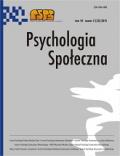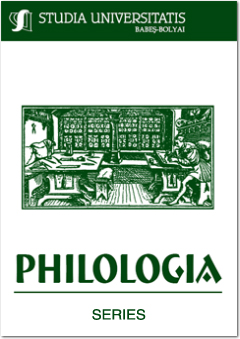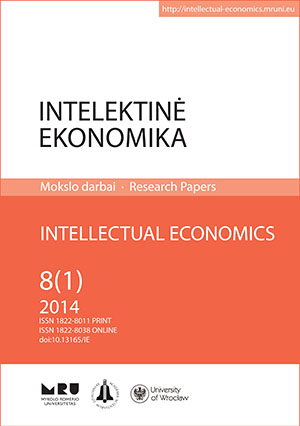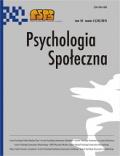
Rola płynności przetwarzania w procesach wnioskowania społecznego z ekspresji mimicznej twarzy
This work examines the relation between emotion and social cognition in the context of evaluation of human facial expression. The presented study tests whether the effort of processing facial displays influences social judgments, such as intention clarity and willingness to meet. More precisely, we assume that facial displays of basic emotion have high fluency. This is reflected in fast categorization and easy attribution of social traits (e.g. anger – aggressive, happy – nice). However, unclear/ambiguous facial displays elicit disfluency. This difficulty of categorization and trait attribution causes negative reactions, which lowers social judgments. During the experiment participants saw pictures of emotional displays, each changing within 14 steps/frames into a different emotional category (e.g. angry to happy). Participants were asked to quickly categorize each picture on emotion, and then judge some displayer traits (e.g. intentions). Results support our hypothesis that faces with ambiguous emotional display are relatively devalued, as compared to the standard linear effect of positive expressive traits. We discuss possible consequences of categorization conflict on various sociocognitive processes.
More...




